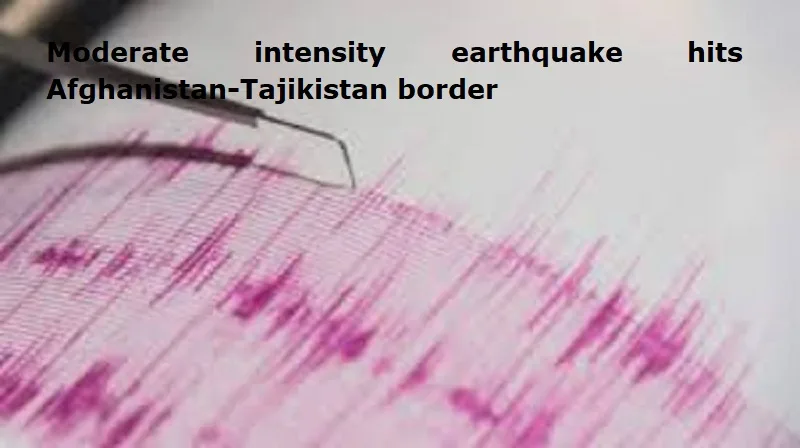
Kabul: A moderate intensity earthquake measuring 5.8 magnitude on the Richter Scale hit the border region between Afghanistan and Tajikistan. According to the German Research Center for Geosciences (GFZ), the earthquake was at a depth of 92 km. The earthquake tremors were felt in Jammu, Srinagar, Punjab, and parts of Punjab and Delhi-NCR. The earthquake tremors were also felt in Pakistan’s Islamabad, Lahore and other parts of the country.
Earlier on Wednesday, an earthquake of magnitude 5.6 struck the Hindu Kush region in Afghanistan. The quake was at a depth of 121 km. The epicentre 164 km east of Baghlan, a city with a population of about 108,000.
As per the United Nations Office for the Coordination of Humanitarian Affairs (UNOCHA), Afghanistan remains highly vulnerable to natural disasters, including seasonal flooding, landslides and earthquakes. According to UNOCHA, these frequent earthquakes in Afghanistan cause damage to vulnerable communities, which are already grappling with decades of conflict and under-development and have left them with little resilience to cope with multiple simultaneous shocks.
Also Read: Congress to Fight Gujarat Bypolls Solo, Ends Alliance with AAP
Afghanistan has a history of powerful earthquakes, with the Hindu Kush Mountain range being a geologically active area where quakes occur every year, as per the Red Cross. Afghanistan sits on numerous fault lines between the Indian and the Eurasian tectonic plates, with a fault line also running directly through Herat.
When earthquakes strike, their magnitude is important but also their depth, with shallow earthquakes wrecking more damage than those deeper into the Earth. Afghanistan is unfortunately prone to these shallow earthquakes, due to the region’s tectonic plates often slipping past one another, as opposed to colliding directly.

Post Your Comments